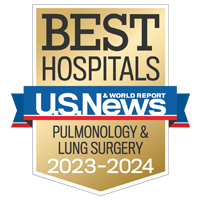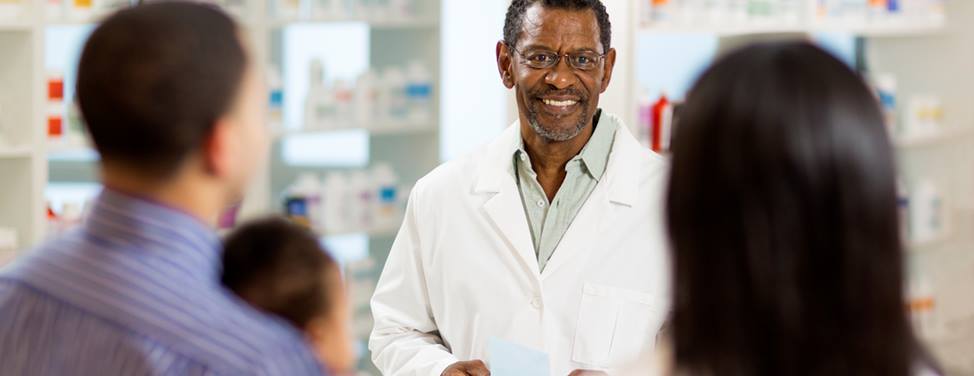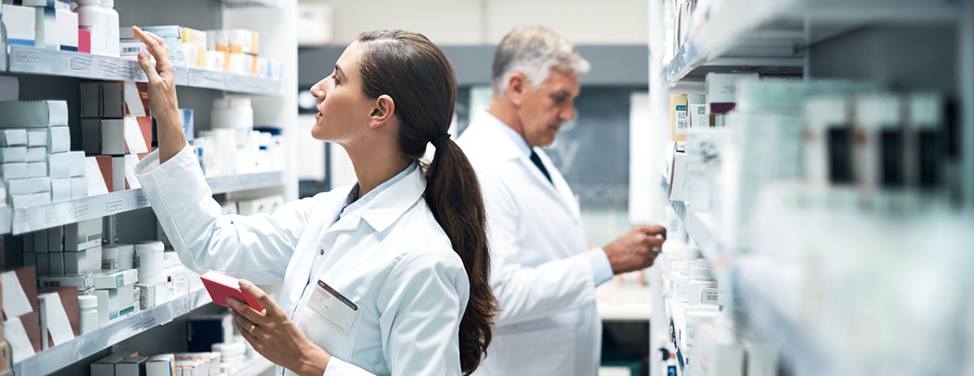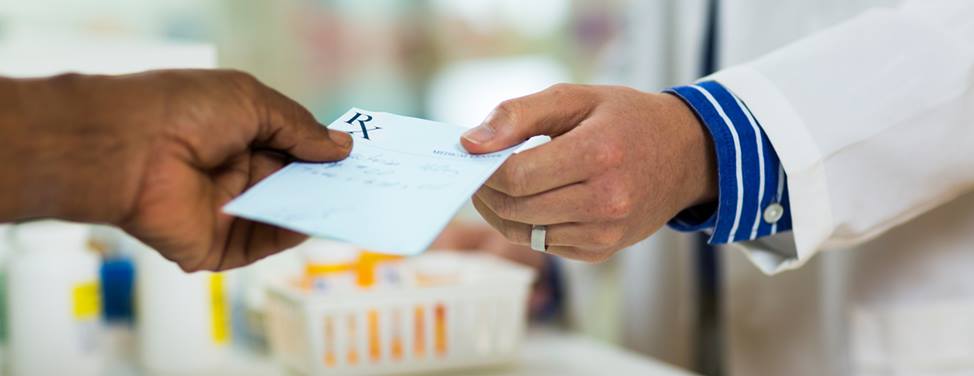Sarcoidosis

Overview
Sarcoidosis is a disorder that causes inflamed tissue, called nodules or granulomas, to develop in the body's organs, most often the lungs. It can also affect the skin, eyes, nose, muscles, heart, liver, spleen, bowel, kidney, testes, nerves, lymph nodes and brain. Nodules in the lungs can lead to narrowing of the airways and inflammation, also called fibrosis, of lung tissue.
Sarcoidosis affects people of all ages, races and gender, though it most commonly occurs in people between 20 to 40 years old. Children are rarely diagnosed with the disease. In very few cases, more than one family member is affected. African-Americans are three to four times more likely to have sarcoidosis and may have a more severe form of the disease than people of European descent.
Our approach to sarcoidosis
Many cases of sarcoidosis resolve on their own and cause no lasting problems. If the condition persists, UCSF offers specialized care that includes medications to relieve symptoms and decrease inflammation. Our specialists review each case as a team to ensure that every patient gets the right diagnosis and most effective care.
Awards & recognition
-

Among the top hospitals in the nation
-

No. 8 in the nation for pulmonology & lung surgery
Signs & symptoms
Symptoms of sarcoidosis may vary from person to person, and depend on the organs affected. Frequently, the condition causes mild symptoms and resolves on its own without treatment. In approximately half of all patients, sarcoidosis is detected on a routine chest X-ray before any symptoms develop. The most common symptoms of sarcoidosis involving the lungs include:
- Cough
- Shortness of breath
- Chest pain, which is usually a vague tightness of the chest, but can occasionally be severe and similar to the pain of a heart attack
- Fatigue
- Weakness
- Fever
- Weight loss
Diagnosis
In making a diagnosis of sarcoidosis, your doctor will begin by conducting a thorough physical examination, asking about any symptoms you are experiencing, including when they started and how they've progressed or eased over time. Your full medical history will also be recorded.
There is no singular finding that confirms a diagnosis of sarcoidosis. Therefore, the diagnosis is based on multiple factors, including symptoms, abnormalities on a chest X-ray or CT scan, and microscopic examination of one or more specimens from involved tissues or organs.
In addition, you may also have the following tests to help rule out other conditions, such as tuberculosis, which cause similar symptoms as sarcoidosis, and to make a definite diagnosis.
- Pulmonary function testing (PFT). This test involves a series of breathing maneuvers that measure the airflow and volume of air in your lungs. This allows your doctor to objectively assess the function of your lungs. PFT is recommended for all patients.
- High resolution computed tomography (HRCT). This is a special type of CT scan that provides your doctor with high-resolution images of your lungs that are extremely valuable in determining which type of Interstitial Lung Disease you have. Having a HRCT is no different than having a regular CT scan; they both are performed on an open-air table and take only a few minutes. HRCT is recommended for all patients.
- Six minute walk testing. This test is a formal evaluation of the distance you can walk and the oxygen saturations (measured by finger or ear probe) you achieve while walking. This is an important marker of functional status used by your doctor in managing your condition. The six minute walking test is recommended for all patients.
- Bronchoscopy. This test involves the passage of a flexible fiberoptic scope about the diameter of a pencil into the lungs to obtain fluid and tissue samples to aid in diagnosis. This test is an outpatient procedure, which means you do not have to stay overnight in the hospital, and is performed by your doctor. Bronchoscopy is recommended for some patients.
Once your diagnosis is made, additional tests may be needed to determine the stage and severity of your disease. These may include tests to check for sarcoidosis involving other organs.
Treatments
Sarcoidosis is treated at the UCSF Interstitial Lung Disease (ILD) Program. World-renowned lung specialists, chest radiologists and pathologists work together as a team to design the most effective treatment plan for your individual condition.
The cause of sarcoidosis is unknown at this time. Therefore, there is no specific treatment to cure the condition. Fortunately, in many cases, sarcoidosis does not require treatment because the nodules gradually resolve on their own and leave behind few, if any, signs of inflammation or other complications.
However, treatment is necessary in some cases. Medications are available that effectively suppress symptoms and help reduce lung inflammation, the impact of nodules and prevent the development of lung fibrosis. These include the following medications.
Corticosteroids
Corticosteroids, usually prednisone, are particularly effective in reducing inflammation, and are typically the first drugs used in the treatment of sarcoidosis. In patients with mild symptoms, such as skin lesions, eye inflammation, or cough, topical steroid therapy with creams, eye-drops or inhalers may be sufficient to control the disease. When necessary, oral steroids are generally prescribed for six to twelve months. In most cases, a relatively high dose is prescribed at first, followed by a slow taper to the lowest effective dose.
Symptoms, especially cough and shortness of breath, generally improve with steroid therapy. Relapses may occur after treatment with steroids has ended, but typically respond to repeated steroid treatment. Patients who improve and remain stable for more than year after the end of treatment have a low rate of relapse.
Researchers continue to examine the role of steroids in the treatment of sarcoidosis, with some addressing the question of what effect they may have on the long-term course of the disease. However, in general, steroid therapy remains the leading treatment for sarcoidosis.
Other medications
Alternative medications are used in patients who cannot tolerate steroids, do not respond to steroids or wish to lower the dose of steroids. These include:
- Methotrexate. This medication reduces inflammation and suppresses the immune system.
- Cyclophosphamide. This medication is commonly used in conjunction with steroids in patients whose condition is worsening despite treatment.
- Antimalarial medications (hydroxychloroquine). These medications are used to treat sarcoidosis of the skin and lungs.
- Colchicine. This medication is most commonly used to treat gout and is sometimes prescribed to treat sarcoidosis-related arthritis.
A number of other medications are currently being investigated for the treatment of sarcoidosis.
UCSF Health medical specialists have reviewed this information. It is for educational purposes only and is not intended to replace the advice of your doctor or other health care provider. We encourage you to discuss any questions or concerns you may have with your provider.




















